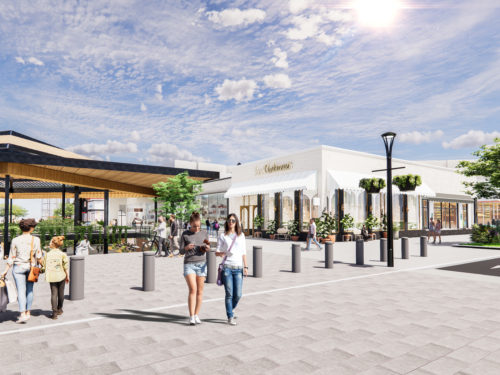The modernisation of Changi Airport reflects a growing trend in Asia and the East, where airports are evolving fast to meet increased passenger demand. At the forefront of these developments, Benoy’s approach is grounded in a design ethos and capability it calls‘airports for people’. It is an experience-led approach which incorporates Benoy’s history and expertise in retail, public spaces and consumer-centric design. Its central aim is to help optimise airport capacity, improve the passenger experience and increase commercial revenue.
‘Airports for people’ encompasses a range of major disciplines, such as commercial masterplanning, terminal design and airport repositioning, alongside more nuanced specialisms such as biophilia, wellness and digital relationships. In all areas, this work is underpinned by rigorous data analysis which provides a deep understanding of passenger demographics. Terence Seah explains:
“‘Airports for people’ is aligned to the reality of the modern airport experience. The passenger has become increasingly important in terms of time spent in airport terminals. In fact, today the passenger is king. In our approach, we conduct detailed reviews of the passenger journey to ensure our designs are calibrated to passenger profiles, needs and expectations. As passengers move through an airport towards departure, we aim to minimise stress, maximise comfort and convenience, while increasing dwell time and, therefore, spend.”
No longer the utilitarian places they once were, whereby people arrived, boarded a plane and departed, the best new airports are built around an expanded passenger experience which offers a greater variety of retail, pop-up, F&B and leisure options. As Seah observes:
“In the last five or six years, airports have become destinations in their own right. People are wanting and expecting more. By offering diversity and quality in retail and food, for example, we’re responding directly to passenger demand. We’re also creating a holistic passenger experience which considers key transition areas, circulation routes and wayfinding, looking for opportunities to strengthen brand representation and deliver commercial value to our stakeholders.”





